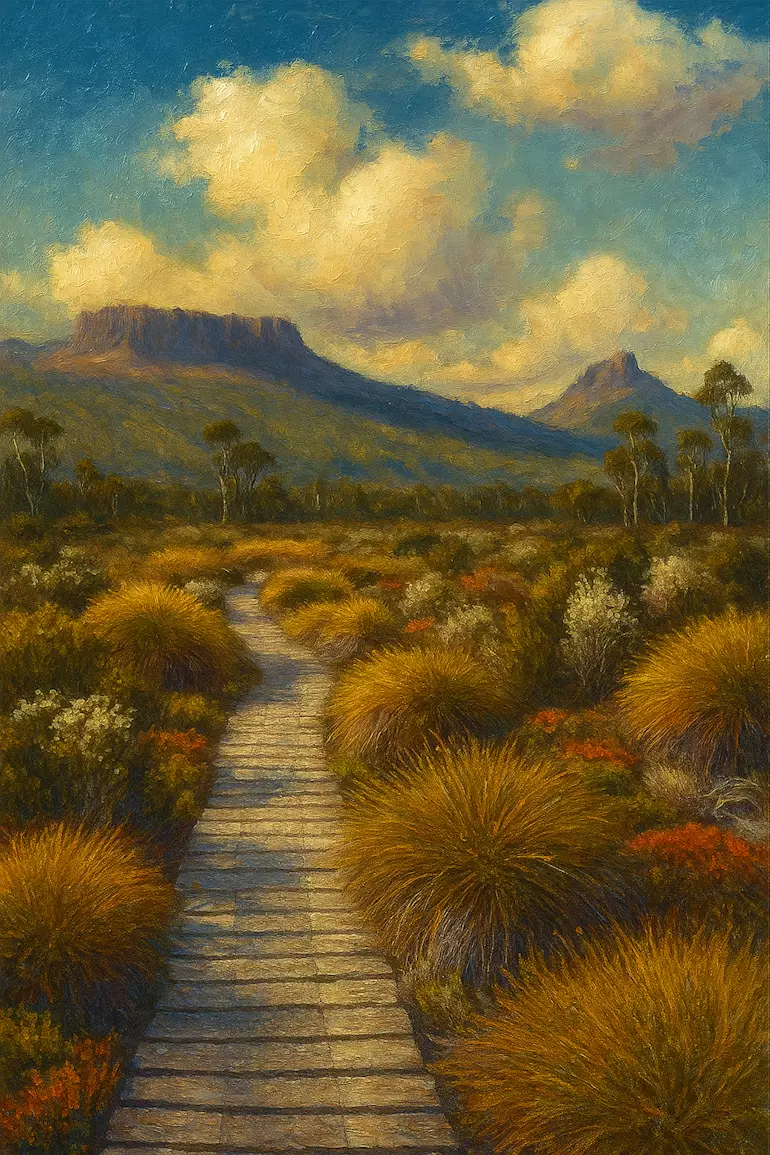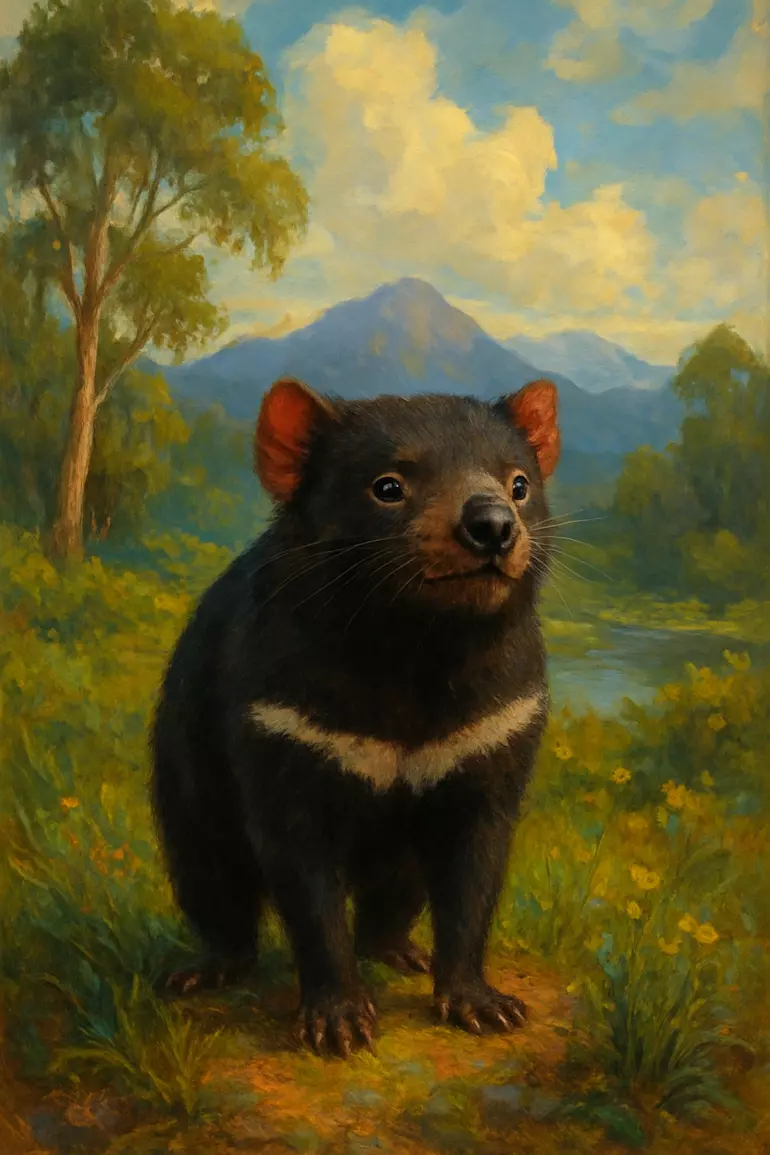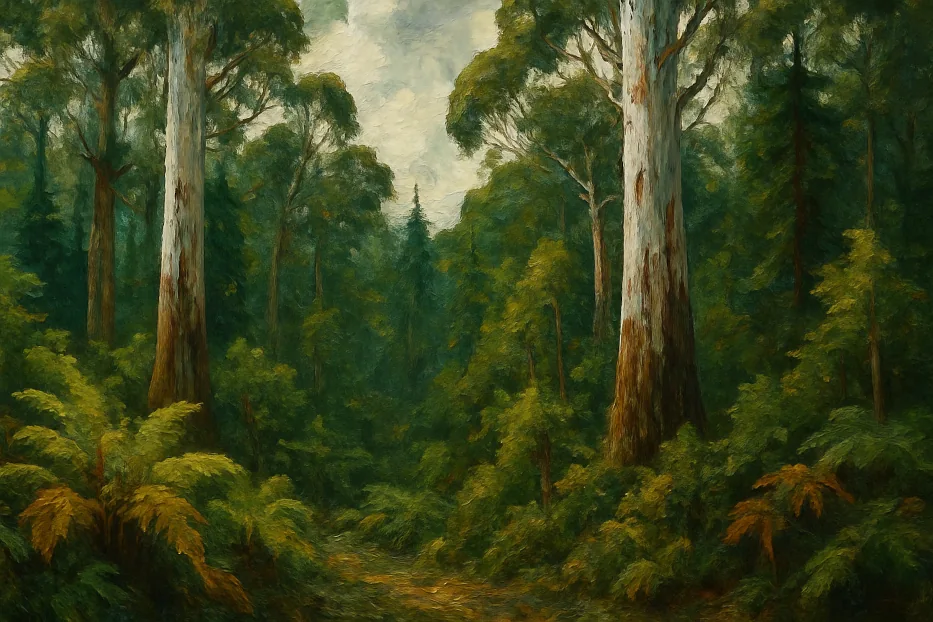What if we told you that Australia’s largest island is not mainland Australia itself? That title belongs to an island with ancient forests, rugged coastlines, and unique ecosystems: Tasmania.
Table of Contents
A Surprising Fact: Australia Is a Continent, Not an Island
Australia, often described as “the land down under,” conjures visions of sun-drenched deserts, vast Outback, and a coastal stretch that seems to go on forever.
To the surprise of many, mainland Australia isn’t technically considered an island—it’s a continent. While surrounded by the ocean like an island, it holds a special place in geography due to its immense size and unique tectonic placement. Australia sits on its tectonic plate, the Indo-Australian Plate, which sets it apart from other landmasses.
Unlike islands, which tend to be smaller and isolated by water with often closer ties to nearby continents, Australia is part of a larger geological structure. The Indo-Australian Plate includes Australia, parts of New Guinea, and parts of the Indian Ocean, forming a unified geological foundation that qualifies it as a continent rather than an island.
Covering about 7.7 million square kilometers (roughly 3 million square miles), Australia holds the distinction of being the smallest continent in the world.
The 5 Largest Islands in the World
| Rank | Island | Area (sq. km) | Area (sq. mi) | Country |
|---|---|---|---|---|
| 1 | Greenland | 2,166,086 | 836,330 | Denmark (Autonomous) |
| 2 | New Guinea | 785,753 | 303,381 | Indonesia, Papua New Guinea |
| 3 | Borneo | 748,168 | 288,869 | Indonesia, Malaysia, Brunei |
| 4 | Madagascar | 592,796 | 228,880 | Madagascar |
| 5 | Baffin Island | 507,451 | 195,928 | Canada |
Tasmania: An Island of Dramatic Landscapes and Biodiversity
Tasmania, often lovingly referred to as “Tassie,” is an island state located about 240 kilometers (150 miles) south of the Australian mainland, separated by the tempestuous Bass Strait. Covering an area of about 68,401 square kilometers (26,410 square miles), Tasmania is roughly the size of Sri Lanka.
Home to around 575,000 people, Australia’s largest island has much of its population centered in Hobart, while the rest of the island remains largely untouched wilderness.
Tasmania’s landscapes are often described as a blend of the familiar and the fantastical. The island’s unique geography offers dense rainforests, alpine plateaus, and glacially carved lakes that stand in stark contrast to the desert expanses that dominate mainland Australia.
The largest island in Australia also holds the distinction of being one of the last true refuges for ancient plant species and endemic wildlife.

Geological Wonders: A Land Born of Fire and Ice
Tasmania’s geological history is a complex tapestry of volcanic activity, glacial carving, and tectonic shifts. This natural evolution has endowed the island with a variety of unique features, from the towering dolerite columns of the Tasman Peninsula to the sheer, wave-battered cliffs along the western coast.
Perhaps one of the most remarkable geological treasures is found in Tasmania’s Southwest National Park. Here, the ancient rocks tell a story that dates back over 500 million years, a time when Tasmania was part of the supercontinent Gondwana.
This area, part of the greater Tasmanian Wilderness World Heritage Area, showcases dramatic peaks, mist-laden valleys, and some of the world’s oldest rainforests.
Biodiversity: A Unique Habitat for Endemic Species
Australia’s largest island is home to a stunning variety of plant and animal life, much of which is found nowhere else on Earth. The island’s separation from mainland Australia about 12,000 years ago allowed a distinct ecosystem to flourish.
Perhaps the best-known resident is the Tasmanian devil, a carnivorous marsupial that is endangered due to a rare facial tumor disease. Thanks to dedicated conservation efforts, however, this species is seeing a resurgence on small, disease-free islands off Tasmania’s coast.

Other unique species include the Tasmanian tiger (or thylacine), once the island’s apex predator until its extinction in the 20th century, and the enigmatic platypus, which thrives in Tasmania’s freshwater systems.
The island’s rich biodiversity extends to plant life, too. From towering Huon pines, some of which are over 3,000 years old, to dense button-grass plains, Tasmania’s flora is an ecological marvel and a haven for scientists.
Cultural Heritage: The Spirit of Tasmania
Tasmania’s cultural landscape is as fascinating as its natural one. For tens of thousands of years, the island was home to Aboriginal peoples with distinct cultural practices, spiritual beliefs, and languages.
Today, Tasmania honors this heritage while embracing the spirit of modern Australia. The island has evolved into a vibrant center for art, particularly in Hobart, where the Museum of Old and New Art (MONA) draws visitors from around the world.
Tasmanians are known for their dedication to sustainable living and conservation, reflecting a deep-rooted connection to the island’s landscapes. This commitment has fostered a thriving tourism industry that promotes responsible exploration of its wild spaces, from the towering peaks of Cradle Mountain to the tranquil shores of Wineglass Bay.
Direct Ferries
Routes, Schedules, Prices
Ferries to Tasmania
How to Explore Australia’s Largest Island
For travelers, Tasmania is a year-round destination with each season bringing its own set of wonders. Adventurers can explore a vast network of trails, from the Overland Track, which traverses the heart of the island’s wilderness, to the Three Capes Track, a scenic coastal trek offering breathtaking cliffside views.
Visitors can also kayak along the island’s pristine rivers, spot unique wildlife in its national parks, or enjoy farm-to-table cuisine in Hobart’s buzzing restaurant scene.
The island offers more than scenic beauty—it remains an island like no other in Australia, where nature, history, and modern life come together in harmony. If you prefer guided tours over exploring on your own, here are some fantastic options on the island:
- Cradle Mountain: Day Trip from Launceston with Lunch
- Tasman Peninsula: Day Trip with Cruise & Tasmanian Devils from Hobart
- 5-Day Tasmania West & East Coast Tour from Hobart
- Hobart City Sightseeing: 3-Hour Tour
- Tasmania West to East Adventure: 7 Super Days
Each tour offers a unique way to experience the stunning landscapes and vibrant culture of Australia’s largest island.

